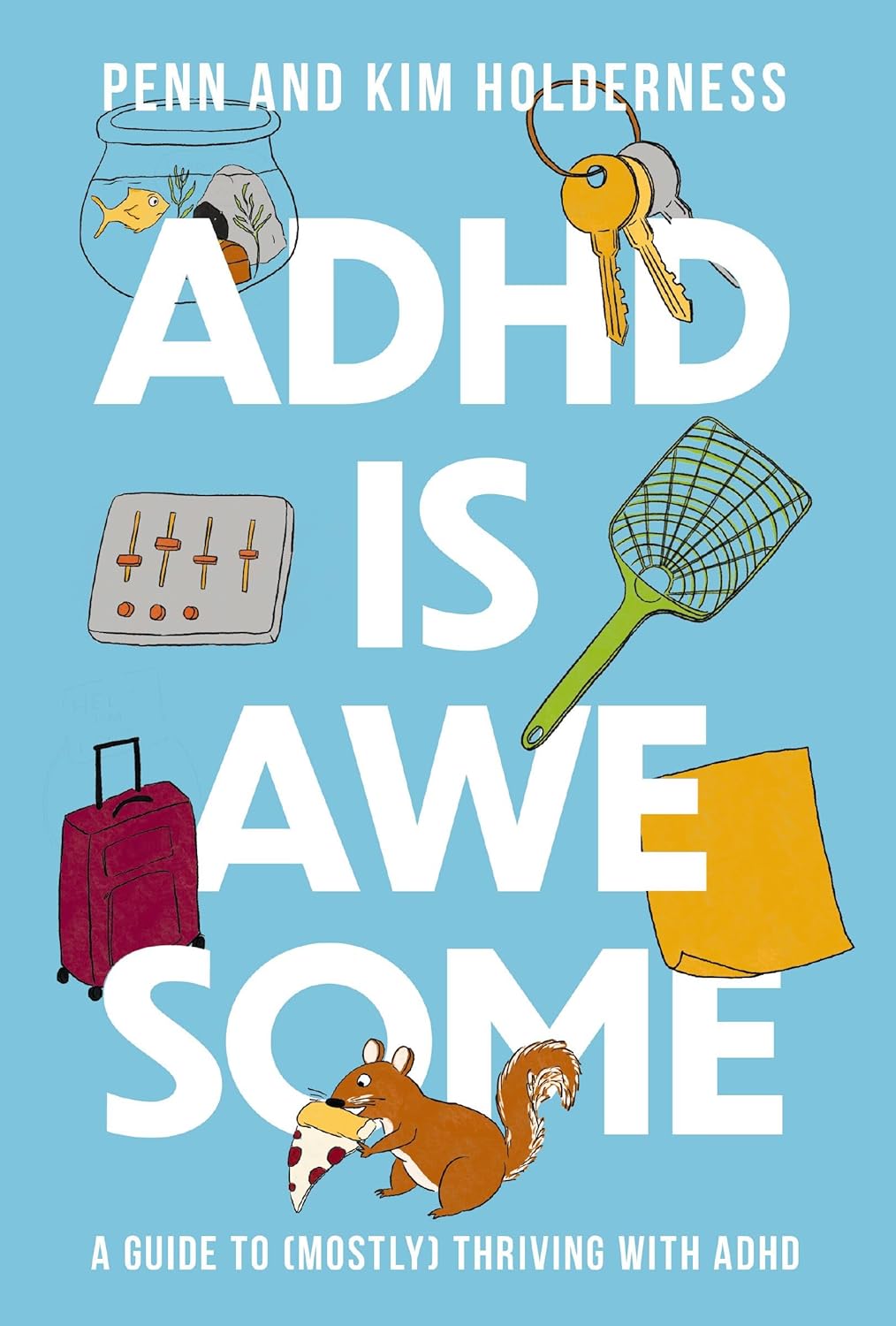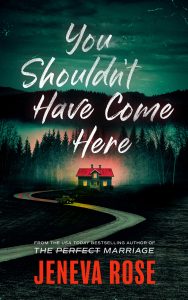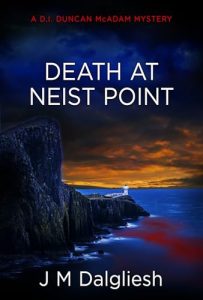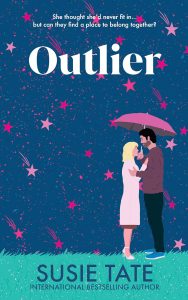
Quick verdict: A funny, upbeat guide that reframes ADHD with compassion and practical nudges. Great for newly diagnosed adults, partners, and teachers who want encouragement plus entry level tools. Less ideal if you want deep clinical guidance, broad spectrum representation, or strategies that do not rely on a partner to carry the mental load.
What the book is about
Penn and Kim Holderness invite readers into a friendly, conversational tour of adult ADHD. The tone is what longtime followers expect from the Holderness duo: high energy, self aware, and heavy on real life stories. The thesis is simple and generous. ADHD traits can be harnessed for creativity, momentum, and joy when you pair them with a few well chosen systems.
What works
- Warm reframing without shame. The book speaks directly to readers who have internalized failure messages. It replaces self blame with humor and possibility, which can be the on ramp many adults need to start making changes.
- Teacher and partner friendly. Educators will recognize best practices like positive reinforcement, clear expectations, and scaffolding. Partners will find scripts and mindset shifts that make collaboration easier.
- Tactical starter kit. Checklists, visible cues, external reminders, and break tasks into micro steps are common sense, yet effective when used consistently. The writing keeps these tools approachable and low friction.
- Entertainment value. The anecdotes keep pages turning, which matters for readers who rarely finish traditional ADHD manuals.
Where it stumbles
- Narrow slice of the spectrum. Many stories center on Penn’s specific presentation. Readers whose ADHD looks quiet, internal, or highly methodical may not see themselves in the examples.
- Light on depth. If you are hunting for evidence summaries, medication decision trees, or executive function frameworks, you will not find them here. This is not a comprehensive guide.
- Partner load concerns. Several tips assume a supportive partner who will prompt, list, and follow up. Readers sensitive to fairness and autonomy may find this grating or condescending.
- Fluff to substance ratio. The humor sometimes stretches an idea that could have been delivered in half the space, which can frustrate readers looking for dense takeaways.
What other readers are saying, distilled
- Educator praise: The emphasis on encouragement tracks with what works in classrooms and translates well to adult life.
- Did not connect: Some felt the anecdotes celebrated one personality type and left other ADHD expressions unseen.
- Looking for rigor: A subset wanted fewer shticks and more mature tools beyond sticky notes and bigger phones.
My take
This book shines as a morale booster and a practical on ramp for real change. The core value is not that it unveils novel techniques. It is that it normalizes trying small, kind systems without self hatred. That matters. At the same time, the book works best as a first step or a companion, not a final destination. Readers serious about executive function mastery will likely pair it with deeper resources on time blindness, working memory, emotional regulation, and pharmacological options.
Who will love it
- Newly diagnosed adults who need a nonjudgmental starting point
- Partners and teachers seeking playful language and quick wins
- Fans of the Holderness style who enjoy learning through stories
Who might skip
- Readers who want research heavy guidance and clinical specificity
- People whose ADHD is primarily inattentive, internalized, or hyper focused in quieter ways
- Anyone frustrated by advice that leans on partner prompting
Five ideas you can try this week
- Externalize everything. Put one master whiteboard where tasks live until done.
- Reduce friction to starting. Make tasks toothbrushing simple by staging materials and defining micro steps.
- Use visible timers. Time box chores, email, and social scrolls to prevent time sinkholes.
- Design partner neutral systems. Choose tools that do not require another adult to remember for you.
- Celebrate completions. Small wins fuel momentum. Name and log them daily.
Shelf placement
File this with optimistic, highly readable ADHD primers. Pair it with deeper dives like executive function workbooks or clinical overviews if you want a full toolkit.
Rating
3.8 out of 5. Inspiring, practical, and kind, with some blind spots. Best as a pep infused starter guide.
Ready to see if the Holderness playbook resonates with you or someone you love? Pick up ADHD Is Awesome here: Buy on Amazon.


